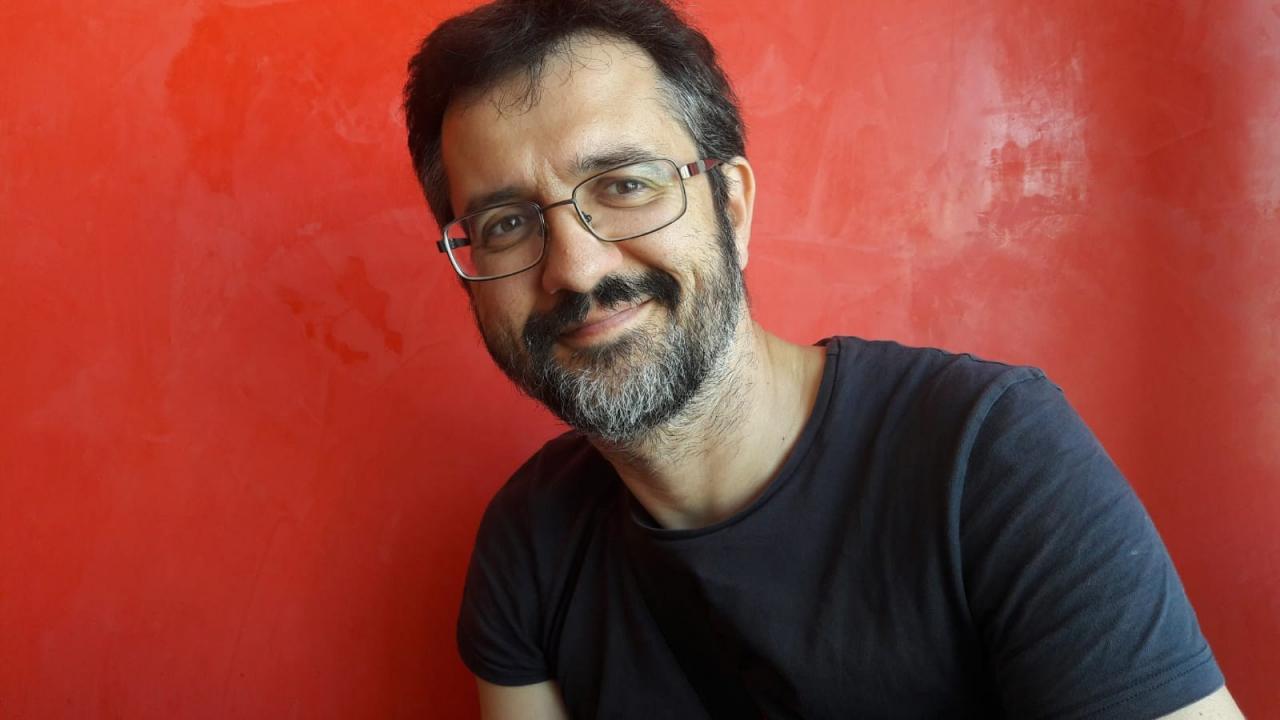Toni Llobet is one of the best nature artists in the world. He illustrated the Handbook of the Mammals of the World and the Handbook of the Birds of the World published by Lynx editions. Toni has devoted his life to getting people closer to nature and inspiring young generations to become naturalists through his illustrations, books and videos. Marilles Foundation has been lucky to work with Toni Llobet from the early days designing the logo, marine wildlife miniguides and now with the series of posters about the Balearic Sea marine wildlife which as distributed freely by Ultima Hora in Mallorca.
What is your opinion about this initiative of the Marilles Foundation and Ultima Hora?
It seems to be a very positive synergy: a Foundation with a conservation and environmental education objective combined with a large private media group with a huge distribution network. Getting nature education materials to the public is key, and Ultima Hora plays a very important role in this. In this modern digital world everything is ephemeral, and I would like to imagine that something so simple such as a set of posters with illustrations will become part of the interior landscape in the Balearics for a long time to come.
We will see these posters hanging in classrooms, bars, fishmongers and all sort of places.
What was your first thought when you were offered to participate?
I did not think twice, I love the idea of thousands of posters being distributed and improving people’s knowledge about the fish, shells, and seaweeds they have a few metres from home – a critical step towards valuing and protecting the marine biodiversity of the Balearic Islands.
What is the creative process for a work like this?
Apart from the production of the illustrations, which is a long and labourious process, the main challenges in a work like this are twofold. On the one hand, one that may seem trivial but it is actually quite challenging is how to group the species in different posters. Do we separate the fish into two or three groups? Which ones? How do we sort out invertebrates? What criteria do we use? And once we have defined this, we need to choose a representative sample of the hundreds or thousand species that exist for each group. In all this process, the opinion of marine experts is crucial.
If you had to choose... of all the speacies you have drawn for the posters, which is your favourite?
It’s very difficult for me, but if I had to choose one, it would probably be the pearly razorfish (raor in Mallorcan). I think it’s a very original looking animal, as if it was designed by a child, with almost incomprehensible combinations of purple, pink and orange designs -difficult to draw, but very beautiful. Moreover, it also reminds me of my friendship with Aniol Esteban, Marilles Foundation director, who took me to see this species for the first time snorkelling in Platja d’Aro on the Costa Brava several years ago. I used to snorkel in rocky marine habitats in Cap de Creus (Girona, Catalonia) and I had never seen it before. I don’t think I’m wrong if I add that in the Balearic Islands, this species arouses passions...
How do you achieve so much detail in your illustrations?
I have been working in digital format for 20 years now, with computer and a graphics tablet. This does not mean that you can press a key and a perfect drawing will appear on screen, but it does make the work much easier: the possibility of “zooming in” to polish details or the availability of specific tools to achieve certain textures, for example, makes everything easier.
Gathering as many reference images as possible, such as photographs or videos, makes it easier to get as close to reality as we can. Ideally you’d like to see the species “live” in its own habitat but this is not always possible or convenient. I also believe that you have to have an appreciation for the subjects you illustrate, and I continue to be fascinated by the natural world every day.
You are a naturalist illustrator and on your website there is a good account of your work, how did you decide to take up this profession?It all flowed very naturally... I have been lucky enough to be able to develop my drawing skills from a very young age and at 16 I already had some professional requests. When I was a child I spent most weekends at the Parc Natural dels Aiguamolls de l’Empordà, in Girona, beautiful wetland area and I became a very good friend of directed pioneering naturalist Jordi Sargatal.
At 18 I volunteered at Jersey Zoo, founded by the naturalist Gerald Durrell, and within three days I was drawing information panels for the zoo instead of cutting fruit for the lemurs... At the same time, the appearance of the nature publishing house Lynx, in Barcelona, gave me the opportunity to illustrate guides and books. With so many possibilities, my biology degree was put aside in favour of pencils, paintbrushes and, a little later, a graphic tablet and computer.
What do you want to convey to the world with your drawings?
In short: an appreciation for the infinite variety and beauty of life forms with which we share the planet. If this leads to greater knowledge, more respect for them, changes in people’s lifestyles so that we guarantee their conservation for years to come, mission accomplished!


No comments
To be able to write a comment, you have to be registered and logged in
Currently there are no comments.